Cold weather can take a toll on your skin. As it gets colder, the moisture and oil content in the skin also decreases leading to winter skin rashes and dry itchy skin. A winter rash is an itchy and irritated patch of skin caused by dryness due to the cold weather. Without treatment, the rash can last throughout winter. Fortunately, winter rash treatment is easy. Natural oils like coconut oil and olive oil protect the skin from harsh winter. Petroleum jelly, milk or milk cream, topical treatments and drinking a lot of water also help. Also keep your room heater temperatures moderate and keep your exposure to minimum. Scrub gently to help moisturisers penetrate your skin better.
But before we find out how to get rid of a winter rash, let’s take a look at the symptoms. The best way to understand and cure a winter rash is when you know the symptoms and can identify them beforehand.
Symptoms Of Winter Rash
While these symptoms may help you identify the winter rash, you also need to understand the risk factors involved. Some people are more prone to winter rashes than others, especially those who have a history of any of these skin allergies and diseases:
- Eczema
- Rosacea
- Dermatitis
- Allergies
- Asthma
- Sensitive Skin
Most winter rash treatments are inexpensive and do not require a prescription. Here are some of the best DIY methods which will help you get rid of the rash and maintain a smooth and supple skin.
- Cucumber Mask
: Take a peeled cucumber and one tablespoon plain yogurt or aloe vera gel for the dry skin mask. Cut the cucumber into small pieces and blend it together to get an almost smooth paste. Add either yogurt or aloe vera gel to the cucumber paste and mix them together properly. Apply this mask for at least 15 minutes and wash it off with water. Use this mask twice a week to keep your skin moisturised during winters.
- Milk Powder Mask:
Mix two teaspoons of milk powder with one teaspoon of honey, a pinch of turmeric. Use water to adjust the consistency of the paste. Apply the paste and wait for it to dry up completely before washing it off. You can use this method to moisturise your skin, at least twice a week.
- Aloe Vera Gel
: Take an aloe leaf and extract fresh gel out of it and massage it onto your skin until it is completely absorbed. Leave the gel overnight and store the rest of the gel in an air-tight container. You can apply the gel every night before going to bed.
If you need more information on how to prevent chaffing issues during winter season, just read: Winter Causes Dry Skin Issues: Prevent Chaffing Issues During Winter Season
Now, let’s take a look at some ways by which you can find relief from winter rash and make sure your skin remains soft and moisturised.
- Moisturise. A Lot:
Moisturisers help lock moisture in to your skin and can effectively help treat winter rashes right at the beginning. Apply moisturisers almost immediately after a bath as the wetness in your skin helps retain moisture better. This will also keep your skin moisturised throughout the day and prevent winter rashes which are more likely to occur when you step outside in the dry, chilly winters. So, stay moisturised always.
- Natural Oils:
Winter rash on the face can be annoying. Products with natural oils such as olive oil, coconut oil and almond oil can help soothe irritated skin. Using natural oils is one of the best winter rash remedies and the best way to soothe itchy skin.
- Petroleum Jelly
: Petroleum jelly helps seal moisture in to your skin by protecting the external weather from affecting your skin. If you aren’t really into the idea of using petroleum-based products, consider trying petroleum substitutes which are easily available at the pharmacy, and prevent moisture loss.
- Apply Milk Cream
: Milk and cream are rich in fats and don’t just soothe your dry skin rash, but in the long run can make your skin glow. Use ingredients with milk and cream for smooth and supple skin. You can even take a washcloth, dip it in whole milk and apply it on the rash or soak in milk bath for about 10 minutes to soothe the itching.
- Scrub:
Scrubbing may seem like the last thing you want to do, but gentle scrubbing (with a scrubbing cloth) gets rid of upper layers of dry skin so moisturising ingredients penetrate deeper into your skin for better results. Scrubbing also helps get rid of dry skin cells that make the skin sensitive to winter rashes.
- Topical Treatment
: Cortisone creams help reduce itching, dryness and inflammation. Use more than once a day for best results. Once in the morning after your bath and once before you head to bed, applying the cream will work wonders in keeping it moisturised and prevent it from skin rashes.
-
- Turn Your Heater Down
: Bathing in very hot water and high temperatures on your room heater can you rip your skin off of moisture. Use lukewarm water to bathe (always cold water for the face) and keep your room heated to moderate levels only.
- Turn Your Heater Down
- Winter Sun Exposure
: Winter sun can be harsh on the skin and can leave your skin dark, dry and scaly. Use a good sunscreen no matter what the weather.
- Drink Plenty Of Water
: Cold winters don’t make you thirsty which is why it is all the more important to drink a lot of water during this time of the year. Drinking plenty of water is the best way to stay hydrated and moisturised!
Take preventive steps to avoid drying of your skin and apply plenty of moisturiser to reduce the risk of dry skin. It can help you reduce the risk of a winter rash as well. While some winter rashes are not serious, others might need medical treatment. Either way, if you feel that home treatments are not giving the desired results or you have other concerns about your winter rash, you should get in touch with a dermatologist at the Skin & Hair Academy.

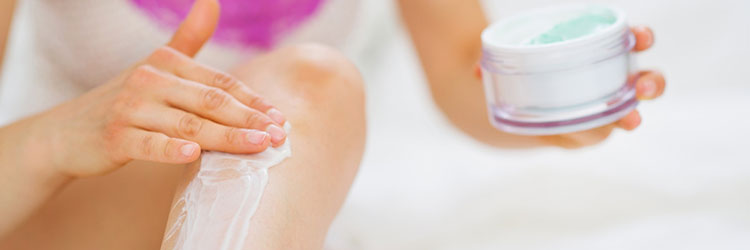
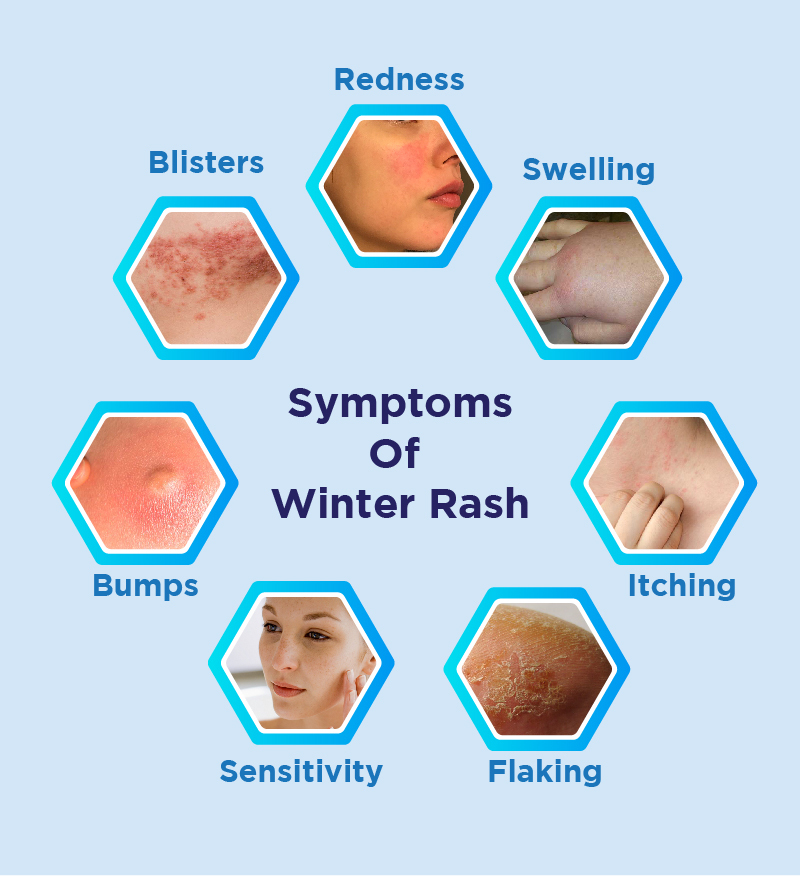
 : Take a peeled cucumber and one tablespoon plain yogurt or aloe vera gel for the dry skin mask. Cut the cucumber into small pieces and blend it together to get an almost smooth paste. Add either yogurt or aloe vera gel to the cucumber paste and mix them together properly. Apply this mask for at least 15 minutes and wash it off with water. Use this mask twice a week to keep your skin moisturised during winters.
: Take a peeled cucumber and one tablespoon plain yogurt or aloe vera gel for the dry skin mask. Cut the cucumber into small pieces and blend it together to get an almost smooth paste. Add either yogurt or aloe vera gel to the cucumber paste and mix them together properly. Apply this mask for at least 15 minutes and wash it off with water. Use this mask twice a week to keep your skin moisturised during winters.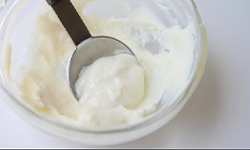 Mix two teaspoons of milk powder with one teaspoon of honey, a pinch of turmeric. Use water to adjust the consistency of the paste. Apply the paste and wait for it to dry up completely before washing it off. You can use this method to moisturise your skin, at least twice a week.
Mix two teaspoons of milk powder with one teaspoon of honey, a pinch of turmeric. Use water to adjust the consistency of the paste. Apply the paste and wait for it to dry up completely before washing it off. You can use this method to moisturise your skin, at least twice a week.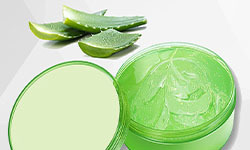 : Take an aloe leaf and extract fresh gel out of it and massage it onto your skin until it is completely absorbed. Leave the gel overnight and store the rest of the gel in an air-tight container. You can apply the gel every night before going to bed.
: Take an aloe leaf and extract fresh gel out of it and massage it onto your skin until it is completely absorbed. Leave the gel overnight and store the rest of the gel in an air-tight container. You can apply the gel every night before going to bed. Moisturisers help lock moisture in to your skin and can effectively help treat winter rashes right at the beginning. Apply moisturisers almost immediately after a bath as the wetness in your skin helps retain moisture better. This will also keep your skin moisturised throughout the day and prevent winter rashes which are more likely to occur when you step outside in the dry, chilly winters. So, stay moisturised always.
Moisturisers help lock moisture in to your skin and can effectively help treat winter rashes right at the beginning. Apply moisturisers almost immediately after a bath as the wetness in your skin helps retain moisture better. This will also keep your skin moisturised throughout the day and prevent winter rashes which are more likely to occur when you step outside in the dry, chilly winters. So, stay moisturised always. Winter rash on the face can be annoying. Products with natural oils such as olive oil, coconut oil and almond oil can help soothe irritated skin. Using natural oils is one of the best winter rash remedies and the best way to soothe itchy skin.
Winter rash on the face can be annoying. Products with natural oils such as olive oil, coconut oil and almond oil can help soothe irritated skin. Using natural oils is one of the best winter rash remedies and the best way to soothe itchy skin.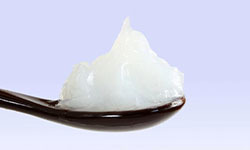 : Petroleum jelly helps seal moisture in to your skin by protecting the external weather from affecting your skin. If you aren’t really into the idea of using petroleum-based products, consider trying petroleum substitutes which are easily available at the pharmacy, and prevent moisture loss.
: Petroleum jelly helps seal moisture in to your skin by protecting the external weather from affecting your skin. If you aren’t really into the idea of using petroleum-based products, consider trying petroleum substitutes which are easily available at the pharmacy, and prevent moisture loss.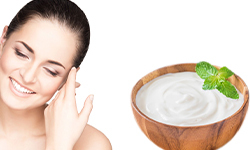 : Milk and cream are rich in fats and don’t just soothe your dry skin rash, but in the long run can make your skin glow. Use ingredients with milk and cream for smooth and supple skin. You can even take a washcloth, dip it in whole milk and apply it on the rash or soak in milk bath for about 10 minutes to soothe the itching.
: Milk and cream are rich in fats and don’t just soothe your dry skin rash, but in the long run can make your skin glow. Use ingredients with milk and cream for smooth and supple skin. You can even take a washcloth, dip it in whole milk and apply it on the rash or soak in milk bath for about 10 minutes to soothe the itching.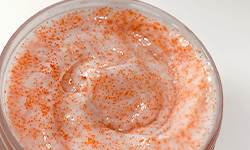 Scrubbing may seem like the last thing you want to do, but gentle scrubbing (with a scrubbing cloth) gets rid of upper layers of dry skin so moisturising ingredients penetrate deeper into your skin for better results. Scrubbing also helps get rid of dry skin cells that make the skin sensitive to winter rashes.
Scrubbing may seem like the last thing you want to do, but gentle scrubbing (with a scrubbing cloth) gets rid of upper layers of dry skin so moisturising ingredients penetrate deeper into your skin for better results. Scrubbing also helps get rid of dry skin cells that make the skin sensitive to winter rashes.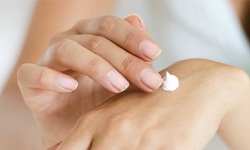 : Cortisone creams help reduce itching, dryness and inflammation. Use more than once a day for best results. Once in the morning after your bath and once before you head to bed, applying the cream will work wonders in keeping it moisturised and prevent it from skin rashes.
: Cortisone creams help reduce itching, dryness and inflammation. Use more than once a day for best results. Once in the morning after your bath and once before you head to bed, applying the cream will work wonders in keeping it moisturised and prevent it from skin rashes.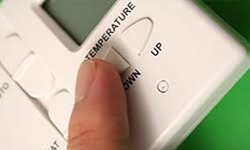 : Bathing in very hot water and high temperatures on your room heater can you rip your skin off of moisture. Use lukewarm water to bathe (always cold water for the face) and keep your room heated to moderate levels only.
: Bathing in very hot water and high temperatures on your room heater can you rip your skin off of moisture. Use lukewarm water to bathe (always cold water for the face) and keep your room heated to moderate levels only. : Winter sun can be harsh on the skin and can leave your skin dark, dry and scaly. Use a good sunscreen no matter what the weather.
: Winter sun can be harsh on the skin and can leave your skin dark, dry and scaly. Use a good sunscreen no matter what the weather. : Cold winters don’t make you thirsty which is why it is all the more important to drink a lot of water during this time of the year. Drinking plenty of water is the best way to stay hydrated and moisturised!
: Cold winters don’t make you thirsty which is why it is all the more important to drink a lot of water during this time of the year. Drinking plenty of water is the best way to stay hydrated and moisturised!











